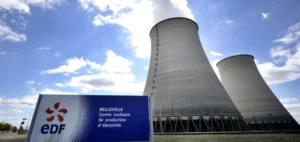The European Commission approves a new solar industry alliance, with the aim of developing manufacturing technologies. This decision is in line with the REPowerUE Plan’s goal of developing a clean industry for clean energy.
The deployment of solar energy
With this alliance, the European Commission hopes to accelerate the deployment ofsolar energy in the European Union. In addition, it also seeks to improve the resilience of the energy system.
Thierry Breton, responsible for the single market, says:
“The alliance will foster an innovative and value-creating industry in Europe, which will lead to job creation here. The European solar industry has already created more than 357,000 jobs. We have the potential to double those numbers by the end of the decade.”
Once established, the alliance will bring together all players with an interest in the solar photovoltaic sector. In addition, it will provide an action plan for the solar industrial value chain. The launch of the alliance is expected by the end of the year.
The REPowerUE strategy
The European Commission will work with EITInnoEnergy to establish the alliance, building on the positive results of the Battery Alliance. Indeed, if Brussels wants to achieve its objectives in terms of independence and energy transition, an acceleration seems essential. Thus, this new alliance of the solar industry must allow the Union to reach 45% of renewable energy by 2030.
The alliance is one of the concrete initiatives of the European strategy, adopted in May 2022 as part of the REPowerEU plan. The initiative will help reach more than 320GW of newly installed solar PV capacity by 2025. Brussels aims to increase this capacity to nearly 600GW by 2030






















